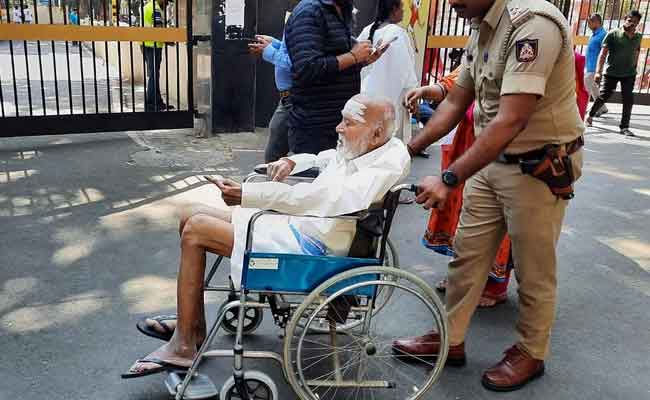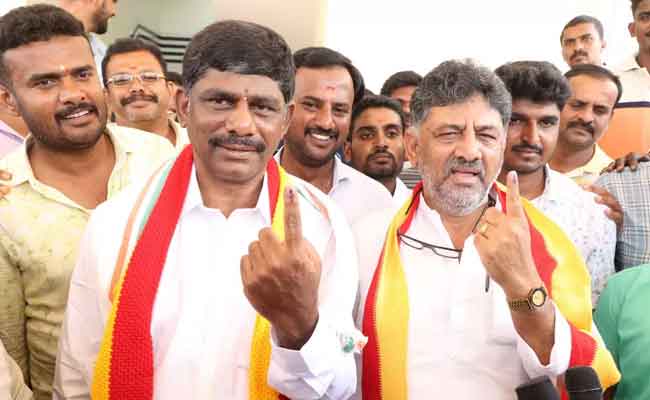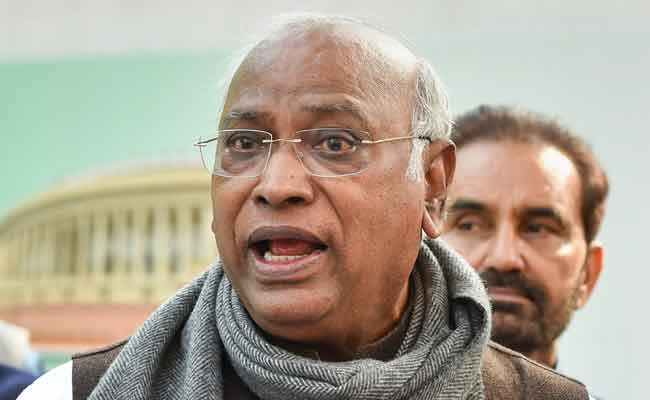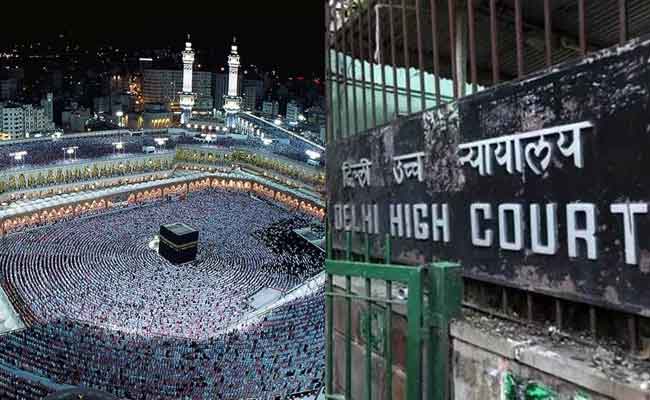Malnutrition is the mother of all diseases. The Centre had admitted that more than 45 percent of the people are suffering from malnutrition in India. In the post-Corona world, India’s future depends on winning the war against malnutrition. The lockdown has had such a lethal impact on the life of the people that malnutrition has doubled along with an increase in unemployment and poverty. Children have become victims of these developments. Though we claim that today’s children are the citizens of the future, we are on the verge of creating a country that is disease prone and unhealthy. With the advent of the Coronavirus, all other diseases have been neglected and this has adversely affected the crores of children.
India has not seen any major achievements in addressing the problem of long-term malnutrition in children. In the 119-country Global Hunger Index, India’s rank has fallen and is now in the 100th position. India’s standing is poor even in children’s nutrition index so much so that a countless number of children have died due to malnutrition in tribal areas.
About 17 percent of the world’s population lives in India and about 25 percent of the global population suffering from hunger are in India. Though India has registered a commendable performance in food production, there has been no substantial improvement in eradicating hunger. United Nation’s Food and Agriculture Organization (FAO) published a report in 2017 that portrayed a grim situation. According to this report, about 19.70 crore people or about 14.4 percent of the country’s population is suffering due to the lack of nutrition. The health of a large number of women and children is in a miserable state in the absence of food security and nutrition is critical for women in their teenage years, during pregnancy, and when breastfeeding. Malnutrition has thus a more severe impact on women compared to men.
India that has the highest number of buffalo population is also at the forefront of milk production. It also occupies the second place in the world in the production of vegetables, fruits, and fish. Despite this, the grave reality is that the Body Mass Index (BMI) of one-third of the country’s adult population is below the normal range as they are deprived of adequate food, specifically nutritious food. Every day in India, more than 3000 children are dying due to illnesses related to the poor quality of food. This situation that we face in India is worse than that of several African countries in the Sahara region. The lack of good quality food, poor health care, and consumption, inadequate water supply, lack of hygiene, and deficient health services are responsible for such a situation in the country. A majority of mothers are suffering from anemia and malnutrition. While 33.6 percent of the children in India are suffering from long-term malnutrition, about 55 percent of young children are suffering from anemia. It has been estimated that the country is suffering losses to the tune of Rs 1.5 lakh crore to its gross domestic product due to the problem of anemia that affects the people. This figure is three times more than the health budget of 2017-2018.
The Centre has already implemented two mega national programs to address the issue of malnutrition - Integrated Child Development Services (ICDS) and the National Health Mission. But both these programs have failed to reach the common man and have fallen short of their objectives owing to administrative inefficiency and corruption. Studies have shown that about 40 percent of subsidized food is not reaching actual beneficiaries.
NITI Aayog has prepared a draft of a strategy to solve the problem of nutrition before 2030. It has come up with recommendations to reduce malnutrition by 3 percent in children aged below 3 and to reduce anemia among younger children and women in the age group of 15 to 49. But there is no doubt that the present economic slowdown will make it impossible to achieve these objectives. And the Centre, in an attempt to cover up its failures, will push issues such as the statue of Vallabhbhai Patel and Ram Mandir before the people. The future of India is not in temples, mosques, or statues but is dependent on the health of our children. The Centre should at least now wake up to this reality.
Let the Truth be known. If you read VB and like VB, please be a VB Supporter and Help us deliver the Truth to one and all.
Bengaluru: Shivaramakrishna Shastri, an 86-year-old resident of CV Raman Nagar in the city, exercised his right to franchise for the 20th time in his life, visiting the polling booth at the DRDO Central University on Friday.
While he had the option of applying for doorstep voting, as provided by the Election Commission of India to voters aged 85 years and above as well as People with Disabilities (PwD), Shastri preferred to go up to the polling booth to cast vote. He came to the booth accompanied by his son and daughter-in-law on the occasion and was taken in a wheel chair by the policemen at the booth to cast his vote.
Many other voters found Shastri's spirit and resolution to not miss voting an inspirational gesture for all youngsters and new voters in the city to imbibe.
Shastri explaining why he preferred to visit the polling booth although he needed help, saying, "Voting is a citizen's right. Casting vote at home, by opting for doorstep voting, will not highlight the importance of the ballot. I always prefer coming to a polling booth and voting, for this joy of a special experience. I also take into consideration the fact that coming to a booth gives me an opportunity to meet other people. This is not possible if I vote from home."




